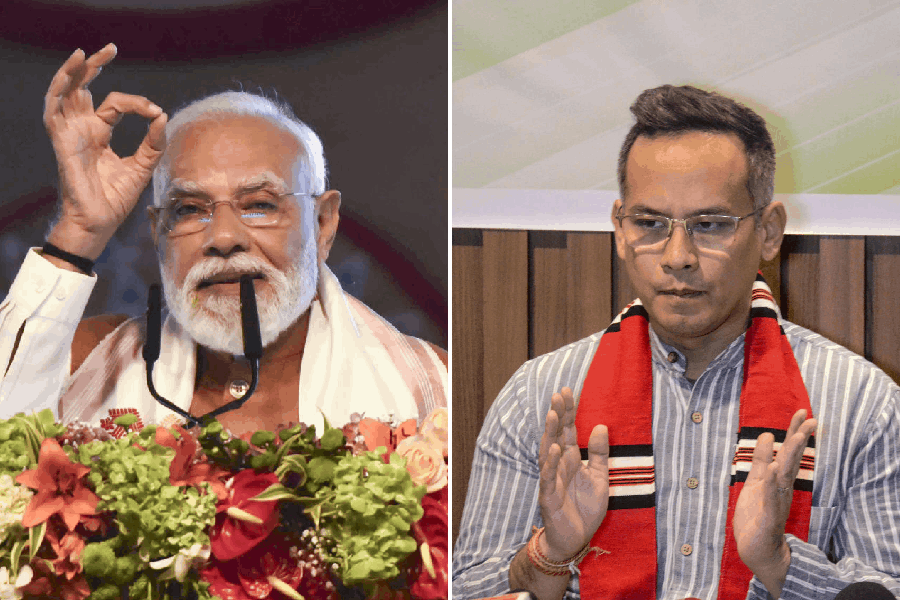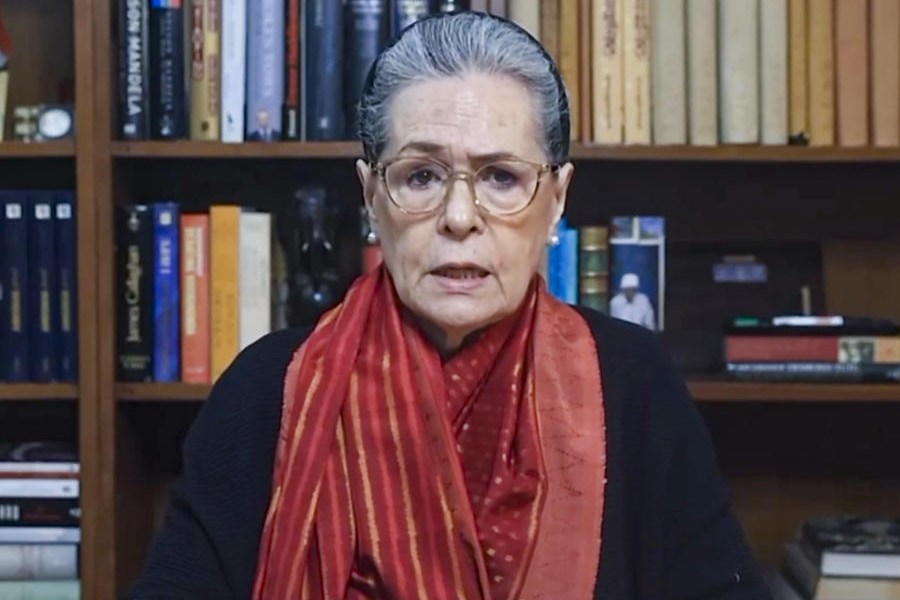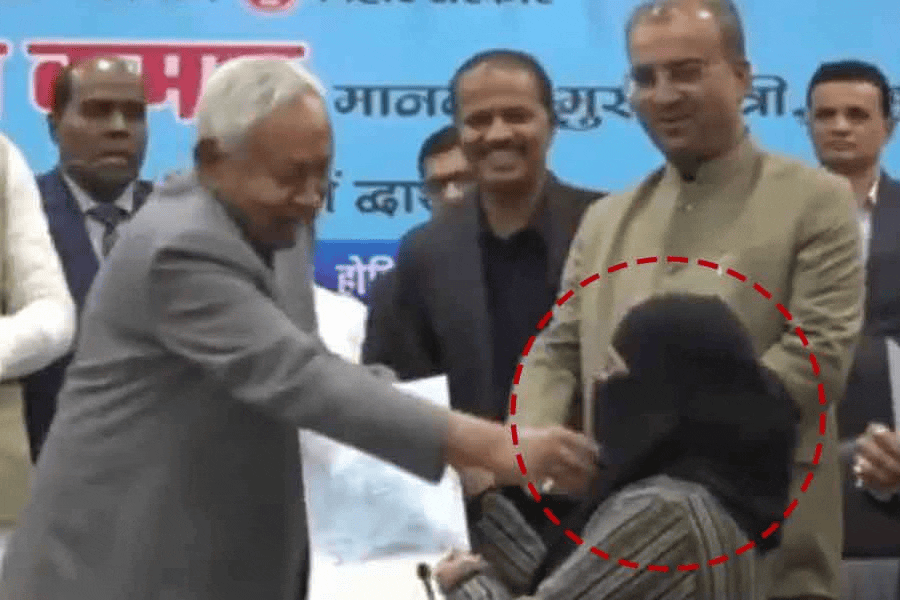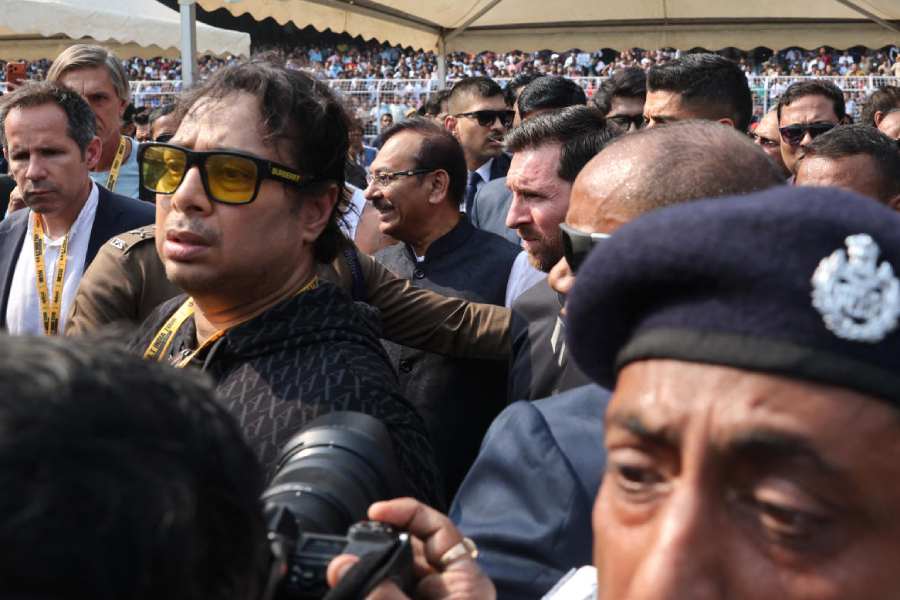Guwahati, Sept. 19: Assam is lagging behind in terms of collection of cornea under the National Programme for the Control of Blindness.
The state was set a target of collecting 420 corneas in 2011-2012, but only 70 corneas could be collected this year.
Health officials blame shortage of corneas on acute lack of donors as well as awareness among the people regarding cornea donation. Thus, patients suffering from corneal blindness cannot be treated.
“People are still not aware about the concept of eye donation and hesitate to donate their eyes after death. Corneal blindness can be treated only through transplants, but many times doctors cannot go ahead with the procedure because of an acute shortage of healthy corneas. However, the health department is conducting several awareness programmes for promotion of cornea donation. The public has to come forward to donate,” said P.K. Sharma, joint director-cum-state programme officer of the programme.
“The National Eye Donation Fortnight that we observed from August 25 to September 8 has prompted a few individuals to approach us with the desire to donate their eyes. People have to fill in a form pledging to enlighten the lives of the blind through their eyes,” said Sharma.
The Regional Institute of Ophthalmology on the Gauhati Medical College and Hospital premises (GMCH) in the city, the Assam Medical College and Hospital (AMCH) at Dibrugarh and the Silchar Medical College and Hospital (SMCH) in Silchar are the government health institutions with eye banks.
The Sri Sankaradeva Nethralaya in the city and the Jeuti Eye Clinic in Jorhat are the two private hospitals that have eye banks, which retrieve and store corneas for transplants and research.
Ideally, a cornea has to be extracted from a person within six hours of his death. The donated corneas can be preserved for up to three to four days and even longer.
“Corneas preserved for three to four days are ideally preferred for transplants. Those preserved for longer duration are, however, utilised for research and temporary grafting of the cornea for treatment of corneal ulcers in patients. While treating these ulcers, the priority is to immediately support the structure of the eye. Once it heals, the cornea can always be replaced with a fresh cornea later,” said Deepak Bhuyan, assistant professor of the Regional Institute of Ophthalmology.
Even the Hospital Cornea Retrieval Programme, which tries to motivate families of terminally ill patients to donate eyes, has not yielded the desired result.
“Though we always try to motivate the families of the terminally ill to donate the eyes of the patient, we cannot force them to do so. Many times the families ask what will the patient or their families benefit by making such donations. Awareness campaigns are required to make people realise the humanitarian aspect associated with eye donation,” said Bhuyan.
“Anyone can donate their eyes at any point in their lives. Only HIV positive, Hepatitis B and those with certain eye diseases that tend to make the cornea weak cannot do so,” added Bhuyan.











